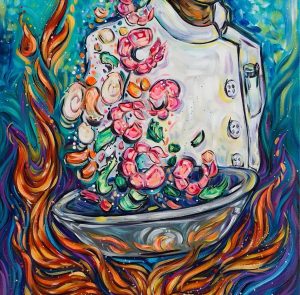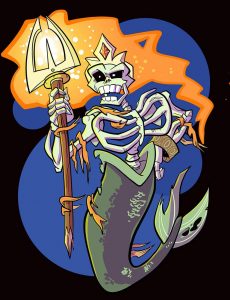Looking for something fun to do this weekend? Maphis Nursery & Tree Farm in Chipley is hosting a FREE event this Saturday, November 7th.
Maphis Nursery & Tree Farm in Chipley is hosting a FREE event this Saturday, November 7th.
Appropriate for all ages, this special, one-time event will show you and your family how cane syrup was made in the old days. From 8 a.m. to 2 p.m., you can chew some cane, drink the juice, help feed the mill, and more! Additionally, there will be cane syrup available for purchase after the tour AND you can explore the nursery and gift shop for more goodies!
Visit their Facebook event page for more information: click HERE!

 National Stress Awareness Day is run by the International Stress Management Association (ISMA), and is held annually on November 4th.
National Stress Awareness Day is run by the International Stress Management Association (ISMA), and is held annually on November 4th. 
 Daylight saving time ends this Sunday, November 1 at 2 AM! Clocks will fall back one hour to 1 AM, which means you get an extra hour of sleep on Sunday morning – a great way to start the month.
Daylight saving time ends this Sunday, November 1 at 2 AM! Clocks will fall back one hour to 1 AM, which means you get an extra hour of sleep on Sunday morning – a great way to start the month.  Happy Halloween everyone! How much do you know about the history of the now 2nd-highest grossing holiday in the U.S.A.?
Happy Halloween everyone! How much do you know about the history of the now 2nd-highest grossing holiday in the U.S.A.?


 Seville Quarter in Pensacola, FL will be hosting its first-ever series of Murder Mystery Dinner Shows in Heritage Hall this October! Starting today, their last show, “Rocky Horror Murder Mystery,” will be running until Saturday.
Seville Quarter in Pensacola, FL will be hosting its first-ever series of Murder Mystery Dinner Shows in Heritage Hall this October! Starting today, their last show, “Rocky Horror Murder Mystery,” will be running until Saturday. 
 This coming Saturday, October 31 from 10 AM – 6 PM, Pensacon will be hosting their annual PensaCon Halloweenfest! Pensacon Halloweenfest will be a full day of spooky pop-culture fun in Museum Plaza. This year, the outdoor festival will be free and is located in downtown Pensacola. There will be vendors, live entertainment, celebrity guests such as Corin Nemec from “Stargate SG-1,” artists, panels, food trucks, trick-or-treating, costume contests, and other safe, family-friendly activities. Costumes are encouraged!
This coming Saturday, October 31 from 10 AM – 6 PM, Pensacon will be hosting their annual PensaCon Halloweenfest! Pensacon Halloweenfest will be a full day of spooky pop-culture fun in Museum Plaza. This year, the outdoor festival will be free and is located in downtown Pensacola. There will be vendors, live entertainment, celebrity guests such as Corin Nemec from “Stargate SG-1,” artists, panels, food trucks, trick-or-treating, costume contests, and other safe, family-friendly activities. Costumes are encouraged!  Prior to the showing, there will be a Spook Hour during which masks are mandatory during the various activities. There will be hayrides, a concession stand – and costumes are encouraged so you can visit the photo booth! Tickets are $10 per person and include a hayride, popcorn, soda, and candy.
Prior to the showing, there will be a Spook Hour during which masks are mandatory during the various activities. There will be hayrides, a concession stand – and costumes are encouraged so you can visit the photo booth! Tickets are $10 per person and include a hayride, popcorn, soda, and candy. 